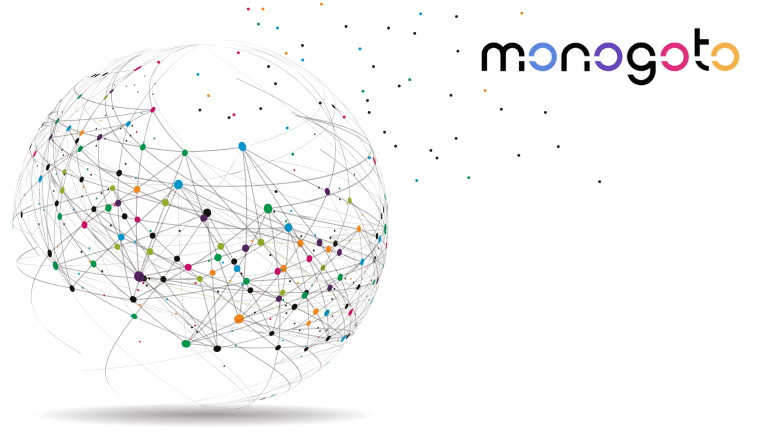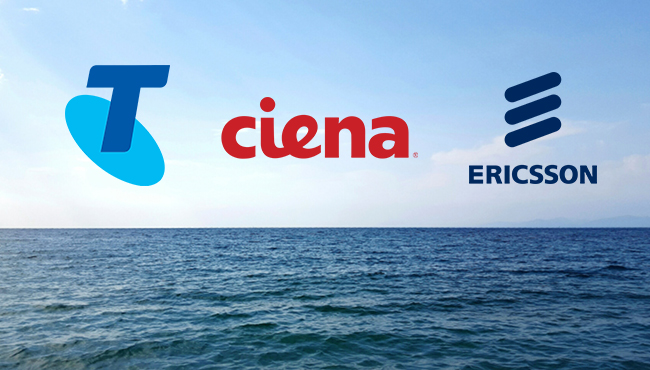New Zealand’s government collaborates with leading telcos Spark, 2degrees, and One to allocate 3.5-GHz spectrum for 5G services, improving mobile coverage nationwide. With funds supporting rural connectivity, both parties anticipate better service quality and seamless network access for users.
Aqua Comms introduces groundbreaking 400 Gbps Ethernet Trans-Atlantic service, enhancing connectivity for the Energy Sciences Network and boosting aggregate bandwidth. This major upgrade caters to growing supercomputing requirements and supports scientific research in energy, climate, and beyond.
Verizon Business has announced that it will provide a variety of network connectivity options to Siemens, a German global technology business, in order to maintain the security of its employees’ devices and data. The solutions will provide Siemens employees in smaller office locations with a smooth “plug and play” user experience while emphasizing security and zero trust principles. Siemens’ zero-trust initiative demands that all employee devices be verified, approved and continually checked before access to mission-critical applications and data is granted or retained. Verizon Business will implement an “internet only” connection, such as a global Managed Wide Area Network based on Cisco Meraki technology, which is vital to the success of the Siemens’ “never trust, always verify” program. According to Sanjiv Gossain, EMEA Vice President, Verizon Business, an intelligent network may make underlying architectures more agile by controlling traffic and improving operational efficiency. He noted that while every…
The EU Secure Connectivity Program has welcomed Rivada Space Networks, a wireless technology company focused on open access wholesale and the fusion of terrestrial and satellite communications. The EU space-based, secure communication system proposes to use the most recent quantum communication technology for secure encryption in order to accommodate growing and changing governmental and business demands. The program aims to enable access to advanced, dependable and high-speed connectivity for citizens and businesses across Europe, including coverage of communication dead zones. This initiative is aimed at ensuring cohesion among Member States, and providing the long-term availability of worldwide uninterrupted secure and cost-effective satellite communication services. In its submission to the EU Secure Connectivity Program’s preliminary market consultation, Rivada Space Networks outlined the main characteristics of its laser-linked LEO constellation architecture. The business also suggests that the member nations and project stakeholders should use its Open Access Wireless Marketplace platform…
Telinta, a global leader in cloud-based softswitch solutions for VoIP service providers, and Hurricane Electric, the world’s largest IPv6-native Internet backbone, announced today that Telinta is adding Hurricane Electric’s IP network to connect its cloud-based TeliCoreTM Softswitch and Billing platform, providing world-class connectivity to Internet Telephony Service Providers (ITSPs). The collaboration is significant and brings together Telinta’s TeliCore platform, the largest hosted softswitch of its type anywhere in the world, with Hurricane Electric’s global IPv6 network, the largest IPv6 backbone in the world. As part of Telinta’s redundant connectivity with multiple Tier-1 carriers, Hurricane Electric will enhance Telinta’s global reach in providing hosted solutions to customers worldwide. This includes white label solutions for popular VoIP and UCaaS services such as Hosted PBX, SIP Trunks, VoIP calling from brandable Mobile and Desktop softphones, WebRTC, and more. “By leveraging our rich global network, Telinta can further serve the needs of VoIP providers,” said…
Airbus and NTT DOCOMO have tested the possibility of supplying future wireless broadband access using the solar-powered Zephyr High Altitude Platform Station (HAPS). The experiment was conducted in August in the United States, when the Zephyr S aircraft flew in the stratosphere for 18 days to assess different capabilities. The Airbus Zephyr S, which is equipped with an onboard radio transmitter, offered a highly flexible data link during its stratospheric flight to mimic future direct-to-device connection. Test data was collected at different altitudes and during various hours of the day and night, with the goal of determining how weather conditions, varied elevation angles and aircraft flight patterns influence connectivity in the stratosphere. Various bandwidths were used in the tests to replicate direct-to-device services from the HAPS to end-users at low, nominal and high capacity. The demonstration proved the practicality and adaptability of the 2GHz spectrum for HAPS-based services,…
Ericsson has announced the launch of its Private 5G, which will reshape on-site connectivity by providing secure and simple 4G LTE and 5G Standalone Connectivity (SA), targeting the manufacturing, mining and process industries, offshore and power companies, as well as ports and airports. Ericsson Private 5G enhances and makes business operations using cloud network management easier, keeping sensitive data on-site without downtime, and guarantees high performance under Service-Level Agreements (SLAs). The Ericsson 5G Private network is based on a 4G/5G radio and dual-mode core technology for extensive indoor and outdoor environment use cases, that include tracking assets and real-time automation, a digital twin to help optimize production operations, effective quality checks using augmented reality, and smart surveillance drones. This technology seamlessly merges with a variety of business projects, devices, and applications to increase productivity, deliver new offerings, boost customer engagement, and improve the overall work environment. The…
Contributed by Maor Efrati, CTO at monogoto My generation grew up in the early days of the internet and global connectivity. The only truly global network was the phone network. Any content or other service was provided by a local operator. We saw the internet as a global network but mostly as a way to share and access information. A huge revolution parallel to the WWW was the OTT ‘over the top’. It’s not an information revolution but a brand new business model for a whole new set of companies to become a service provider without a physical connection to the consumer. OTT has revolutionized the way many businesses operate. In the early 2000s, operators and service providers generated most of their income from all kinds of content: TV, Voice, SMS, Ringtones, Stickers, etc. The internet brought a new wave of companies, technically new service providers, companies that…
Telstra, the largest Australian telecommunication company, has announced the launch of a new rapid restoration service for one of its busiest subsea cable routes in Asia. The company has joined forces with Ericsson and Ciena to ensure that their customers stay continuously connected. The solution offers carriers and cloud service providers increased network visibility, flexibility and reliable data access. Nadya Melic, Telstra’s head of Connectivity and Platforms, said the new service is now available on three of its intra-Asia routes, following the successful tests carried out in December 2018. “The Asian region presents one of the most challenging environments for subsea cable systems. Busy and shallow shipping ports in Hong Kong and Singapore, high-levels of fishing activity and an ecosystem prone to natural disasters, all threaten to disrupt or damage underwater infrastructure,” said Melic. The new rapid restoration service on the subsea network will be provided using…
Viettel has pioneered Vietnam’s digital evolution with its first commercial 5G service, revolutionizing connectivity across 63 provinces. Leveraging 6,500 base stations, Viettel ensures seamless communication, crucial for tourism, healthcare, and smart cities.













